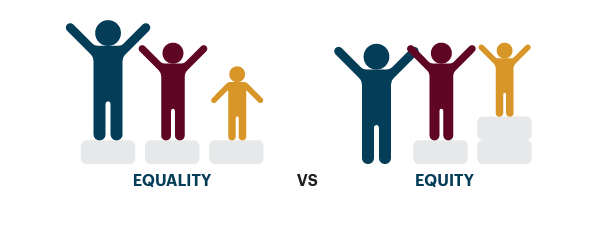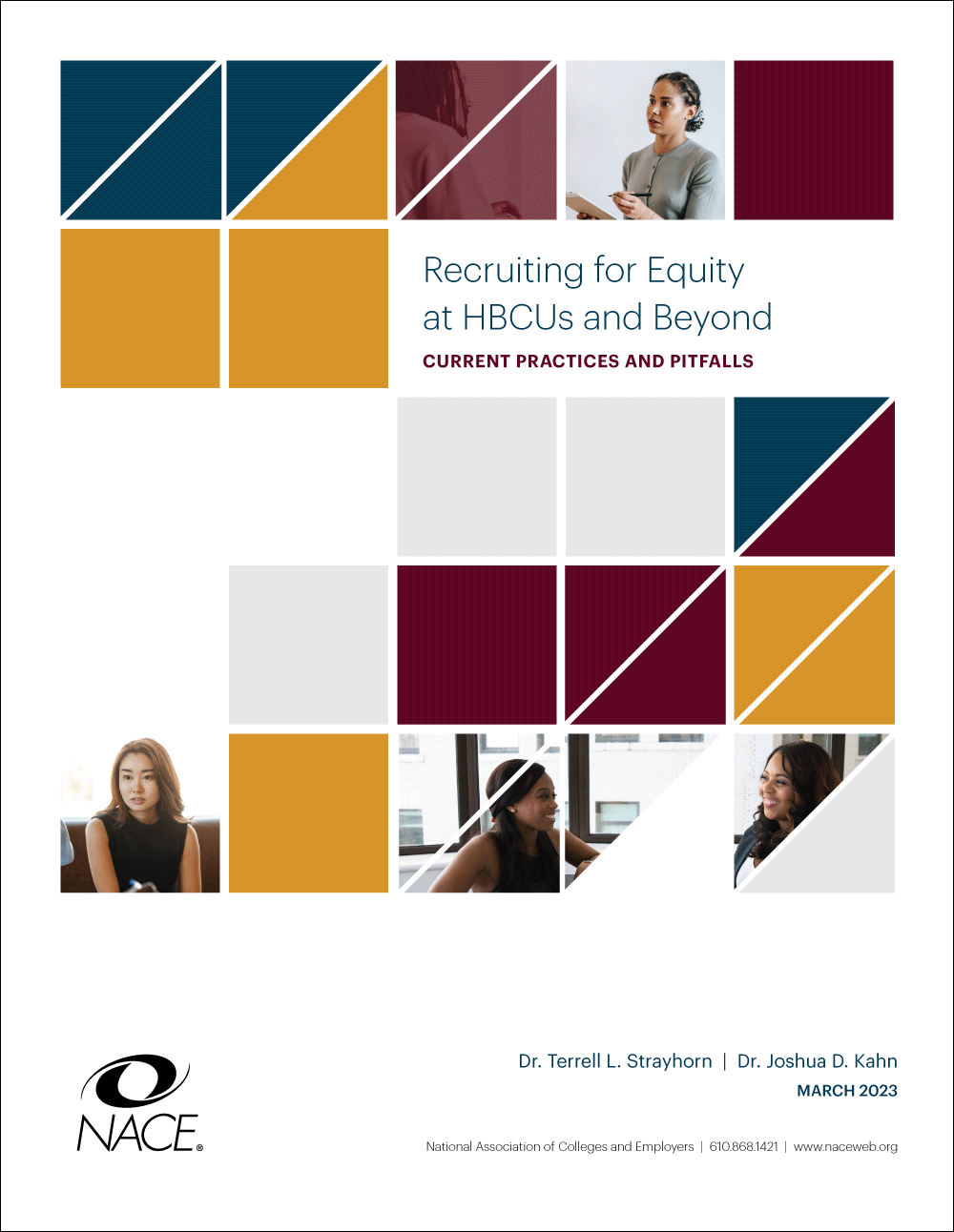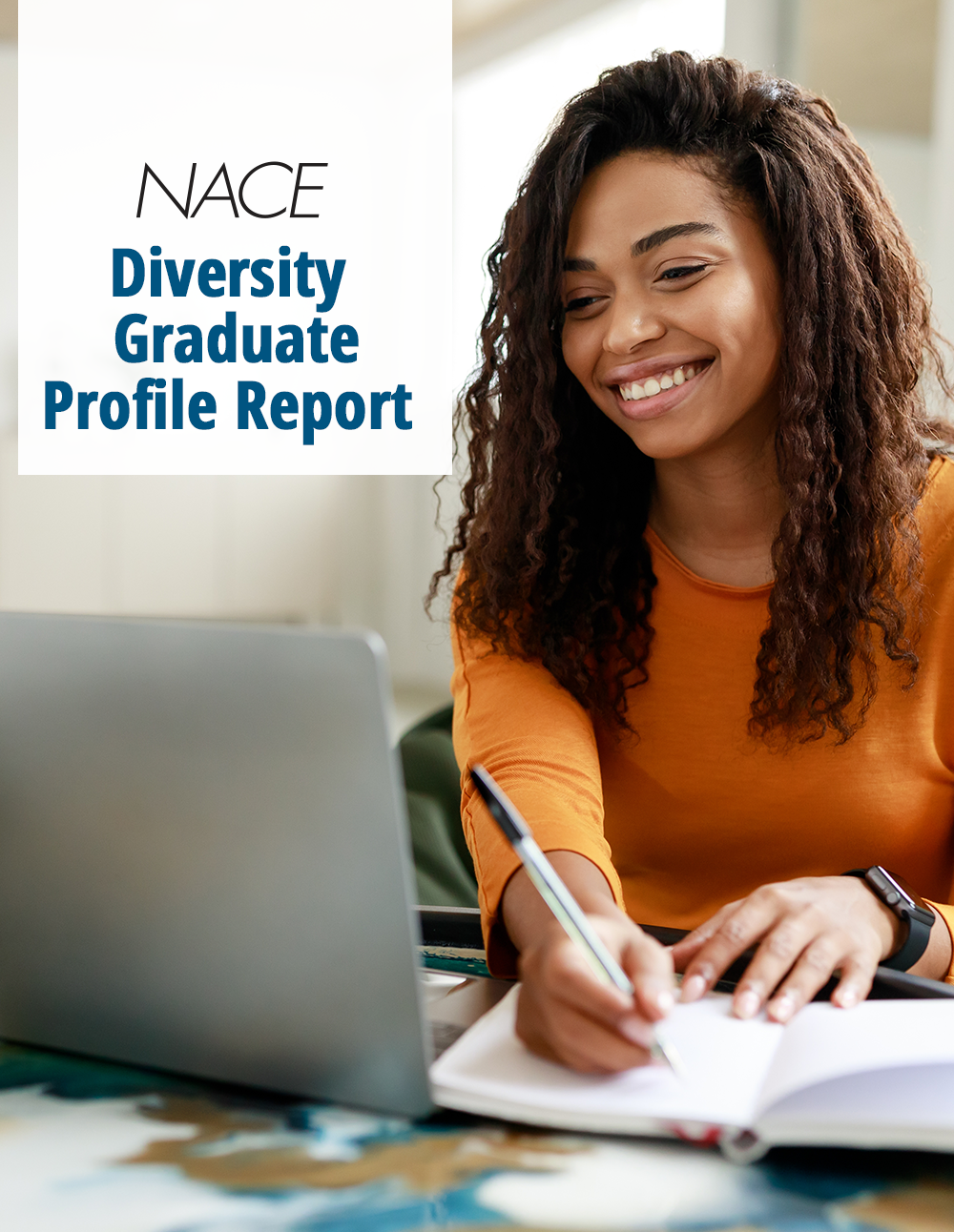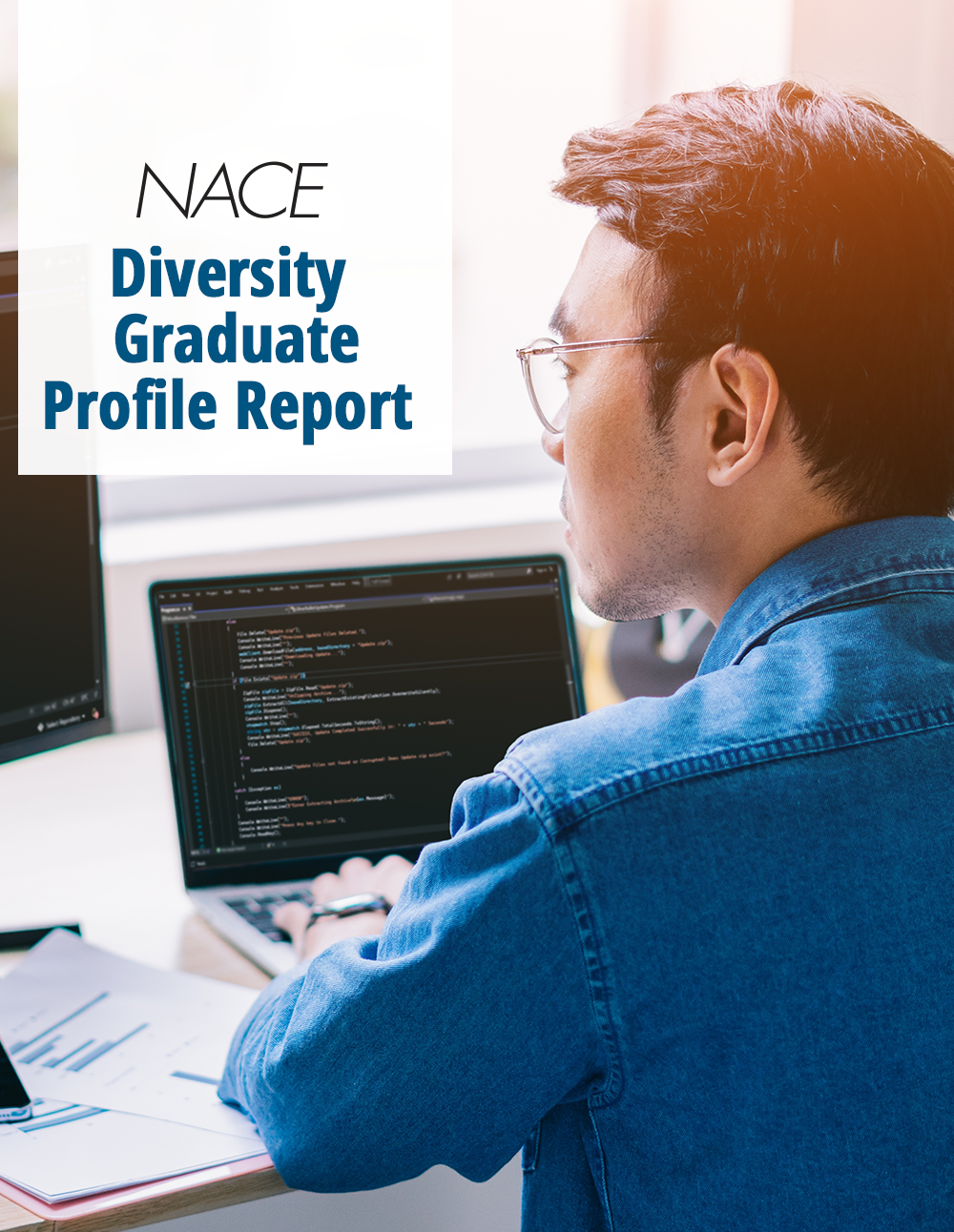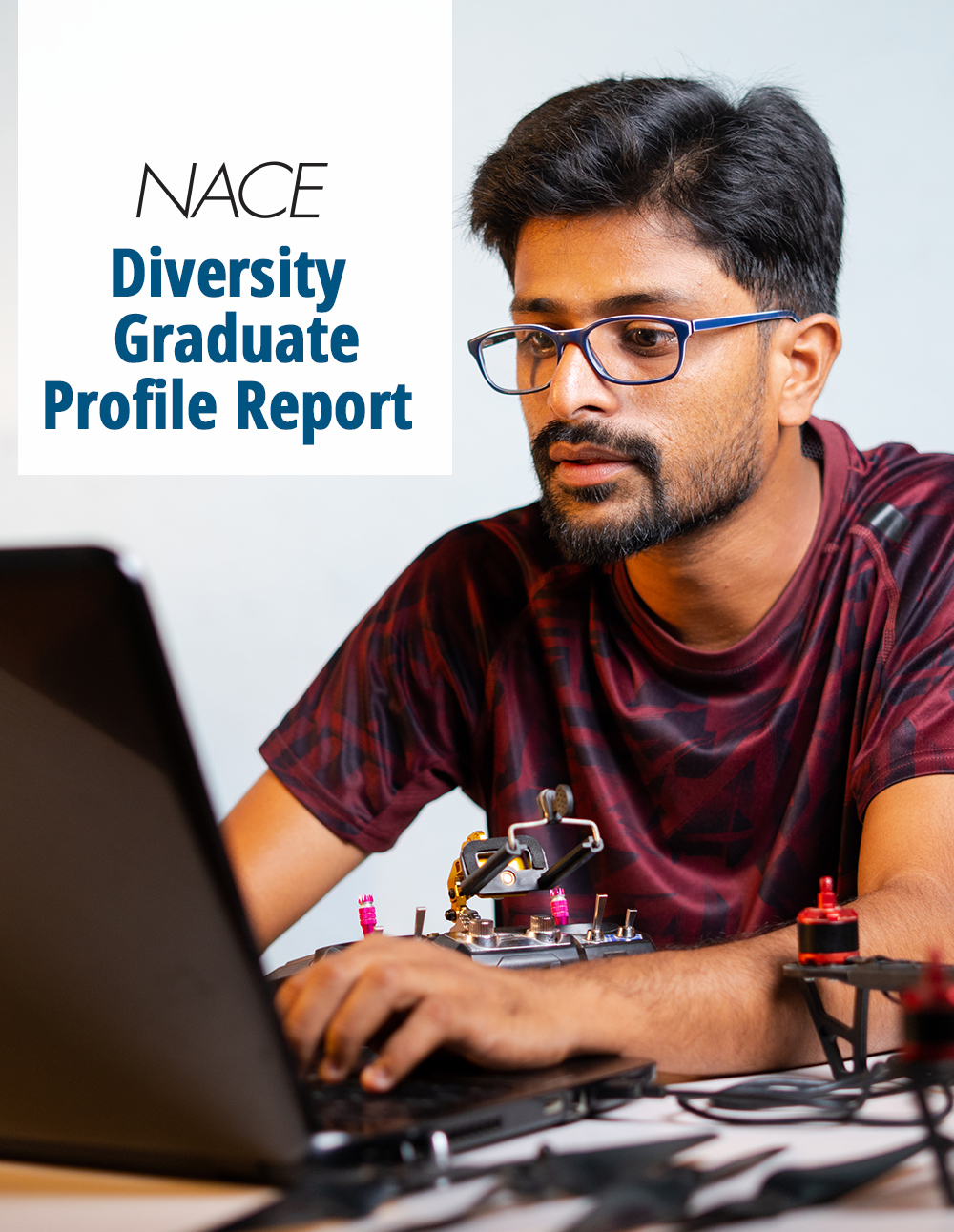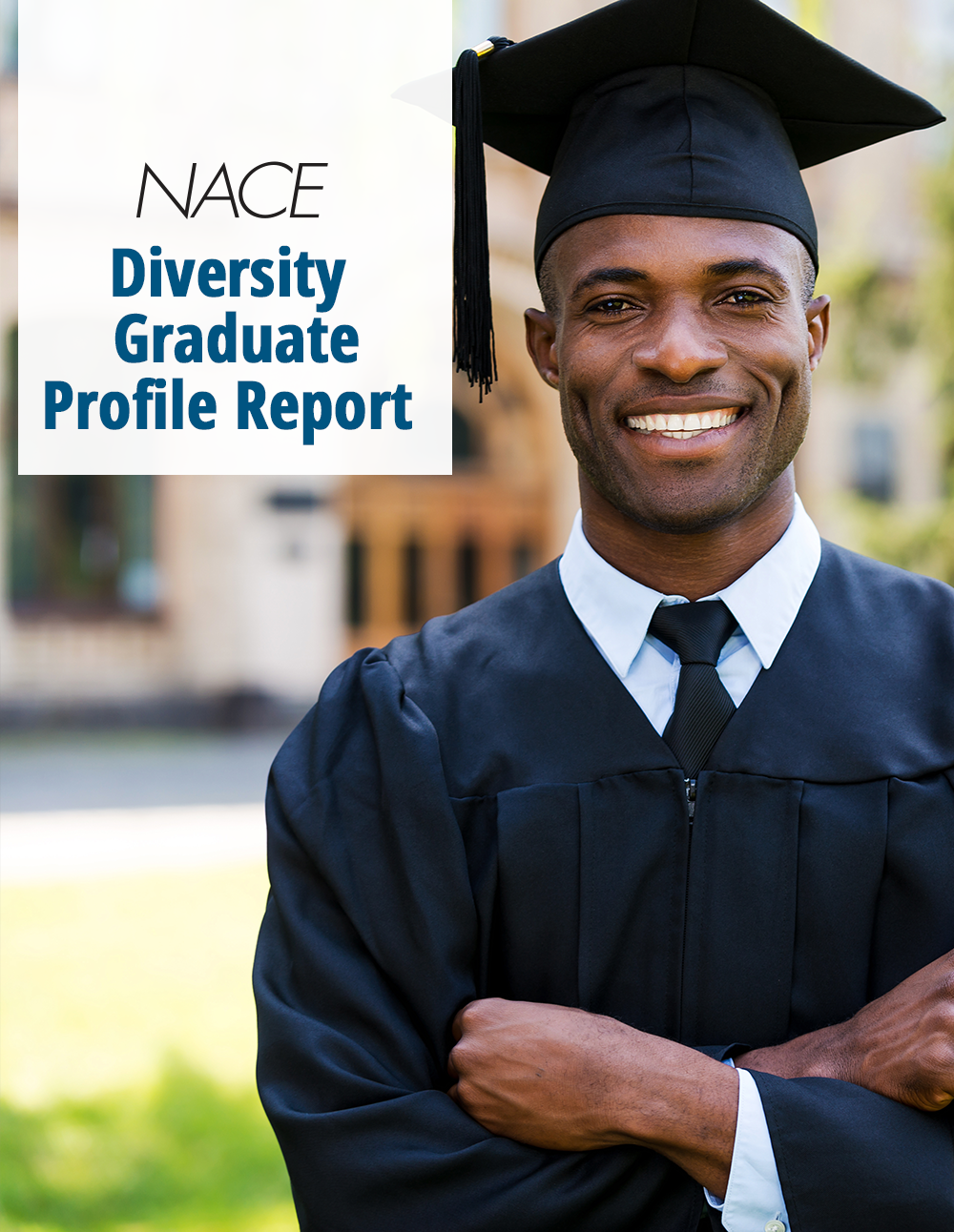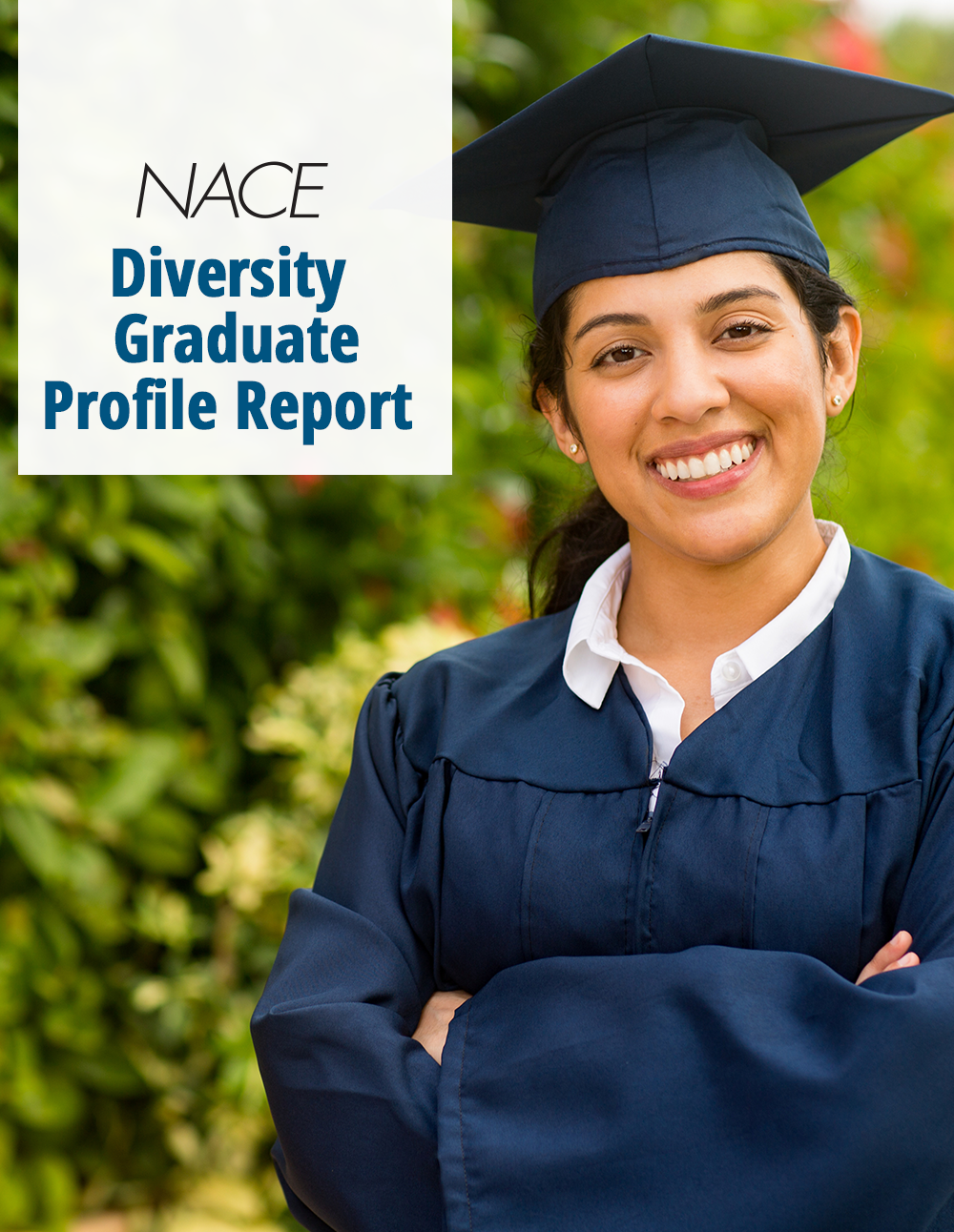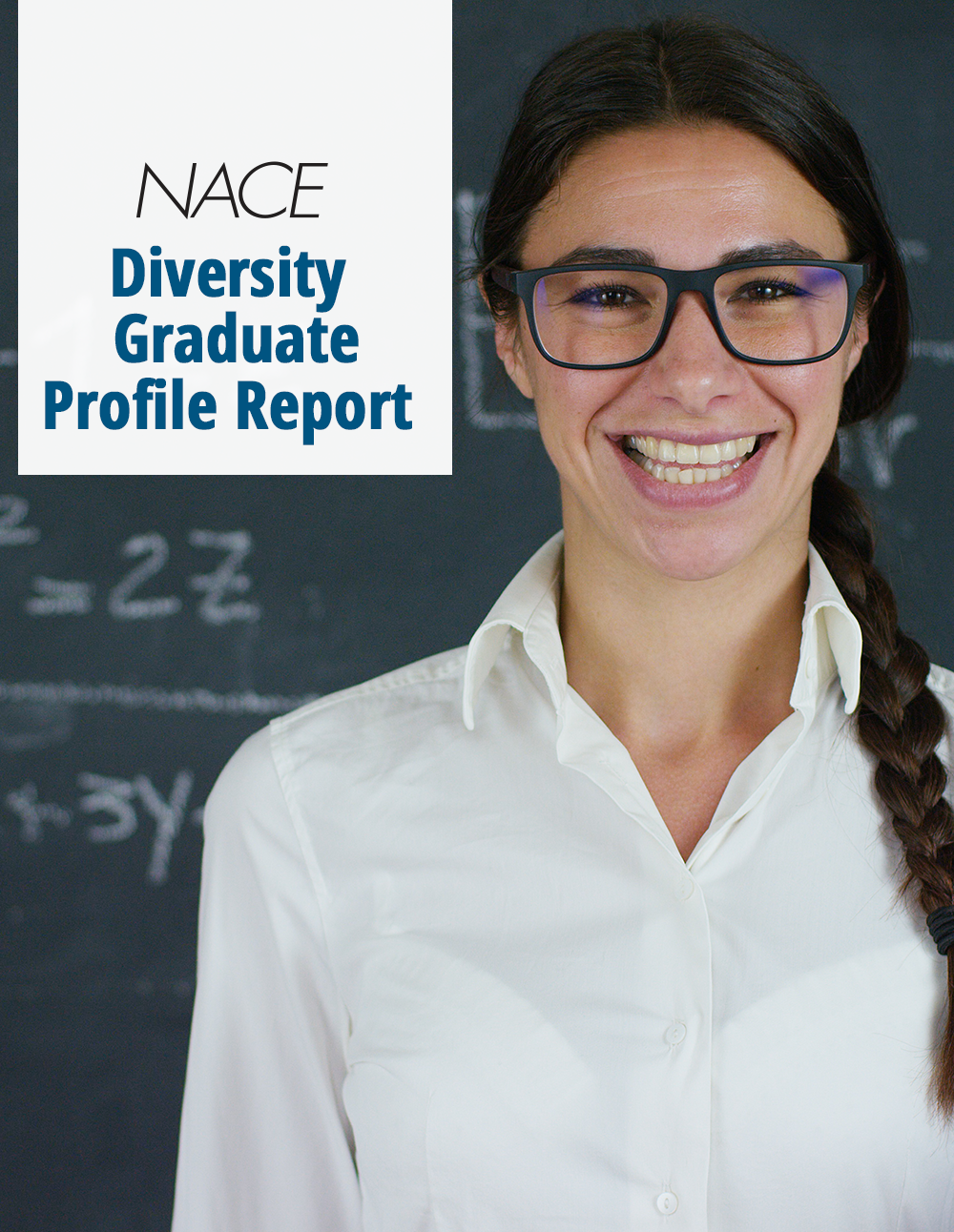Spotlight for Career Services Professionals
The biggest evidence of professionalism that employers seek in new college graduates is how well they can effectively communicate and their ability to collaborate cross-functionally, according to Chelsea C. Williams, founder and CEO of College Code and a workplace strategist.
“Oftentimes, you hear feedback from an interview panel and even hiring managers that they’re looking for candidates who have an ‘executive presence,’” Williams notes.
“In other words, they want to see how well the candidate is able to exhibit a sense of professionalism and lead their area of expertise on behalf of the department if they were left in a room full of executive leadership.”
Furthermore, she adds, employers are looking for a sense of professionalism through examples of collaborating across the business.
“Sharing examples that focus on the candidate’s ability to influence and lead the right discussions to carry a project through the finish line shows immediate value-add,” Williams says.
To further understand “professionalism,” Williams points to the U.S. Department of Labor, which notes that “employers want new workers to be responsible, ethical, and team oriented, and to possess strong communication, interpersonal, and problem-solving skills.”
“Wrap these skills up all together and you’ve got an insider’s view into professionalism,” Williams explains.
However, she adds that professionalism has evolved as “work” has been defined over time.
“When we think about professionalism in 2021,” she notes, “we must also consider hybrid work environments and changing forms of interpersonal communication.”
Still, the biggest challenge with “professionalism” is ensuring that all candidates understand what professionalism means within the context of the organization they are working for and the specific job function they are taking on because culture and identity often play a role in how candidates connect and engage.
There are ways that career services professionals can help students develop and hone their professionalism, starting with emphasizing the core career readiness skills as identified by NACE, Williams notes.
“They should provide opportunities within the career services life-cycle that offers opportunities to build these skills,” she says.
“As early as freshman year of college, career service professionals can begin to develop and reframe programs around interview training, for example. Mock interviews that are conducted by peers can create a platform to learn from both participants.”
Mikala Young, College Code’s content lead, explains that employers can easily identify evidence of a candidate’s professionalism on a resume and cover letter by the way the candidate organizes their thoughts and the experiences they have had throughout their collegiate career.
“The recruiter’s first impression of the candidate is through their resume,” Young says.
“If the candidate is able to articulate opportunities when they have shown leadership, collaboration, and proven results in any capacity, the recruiter’s interest is immediately piqued. Once the candidate lands an interview, it’s all about expounding on their resume. For example, using the STAR [situation, task, action, and result] Interview Method is an easy way for the candidate to display professionalism, being sure to share examples that show their leadership through the results and outcomes that came from their experiences.”
Another key opportunity for candidates to demonstrate their professionalism is during an internship or other experiential education assignment.
“[During the internship, candidates should focus on] building key relationships through workplace interactions, leading projects, bringing new ideas to the table, and teaching others how to utilize their ideas in the workplace,” Young points out.
“These are all strong indicators of professionalism.”
Career services practitioners should also commit to providing students with timely, consistent feedback when professionalism is not exhibited. It is important to help students understand that there will be instances in the workplace when professionalism and authenticity intersect and could be at odds, particularly when it comes to underrepresented groups.
Williams and Young offer several examples of this type of situation, including:
- Hair texture/styles in the workplace—Being asked to change or tone down hair style and encountering organizational beliefs that non-Eurocentric hair styles are unprofessional.
- Vocal tone—Experiencing judgement around vocal tone, accents, pitch, dialect, and more, and wanting employees tospeak a certain way.
- Ebonics—Experiencing perceptions around intelligence based on Ebonic language and cultural practices. This often leads to code-switching in organizations or on teams where one is a minority.
- Business suits—Encountering expectations that professional dress includes business suits, standard color, or no prints or designs.
- Lunch choice—Facing stares and comments when eating a lunch not known by dominant cultures. This reaction, which is often experienced by individuals from other cultures, challenges concepts of belonging.
“Counselors should help students navigate through situations where ‘professional standards’ may actually fuel and foster bias,” Williams says.
“For instance, if a student shares that an employer makes a negative comment about their hair, career services should play the role of helping the student navigate the comment and support their exploration of joining employers that consciously value diversity, foster equity, and model inclusion.”
